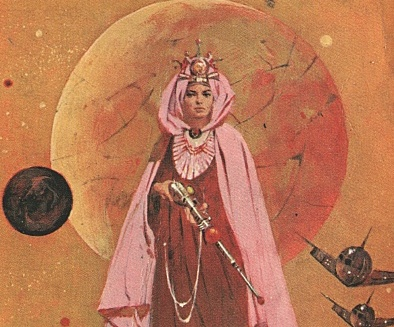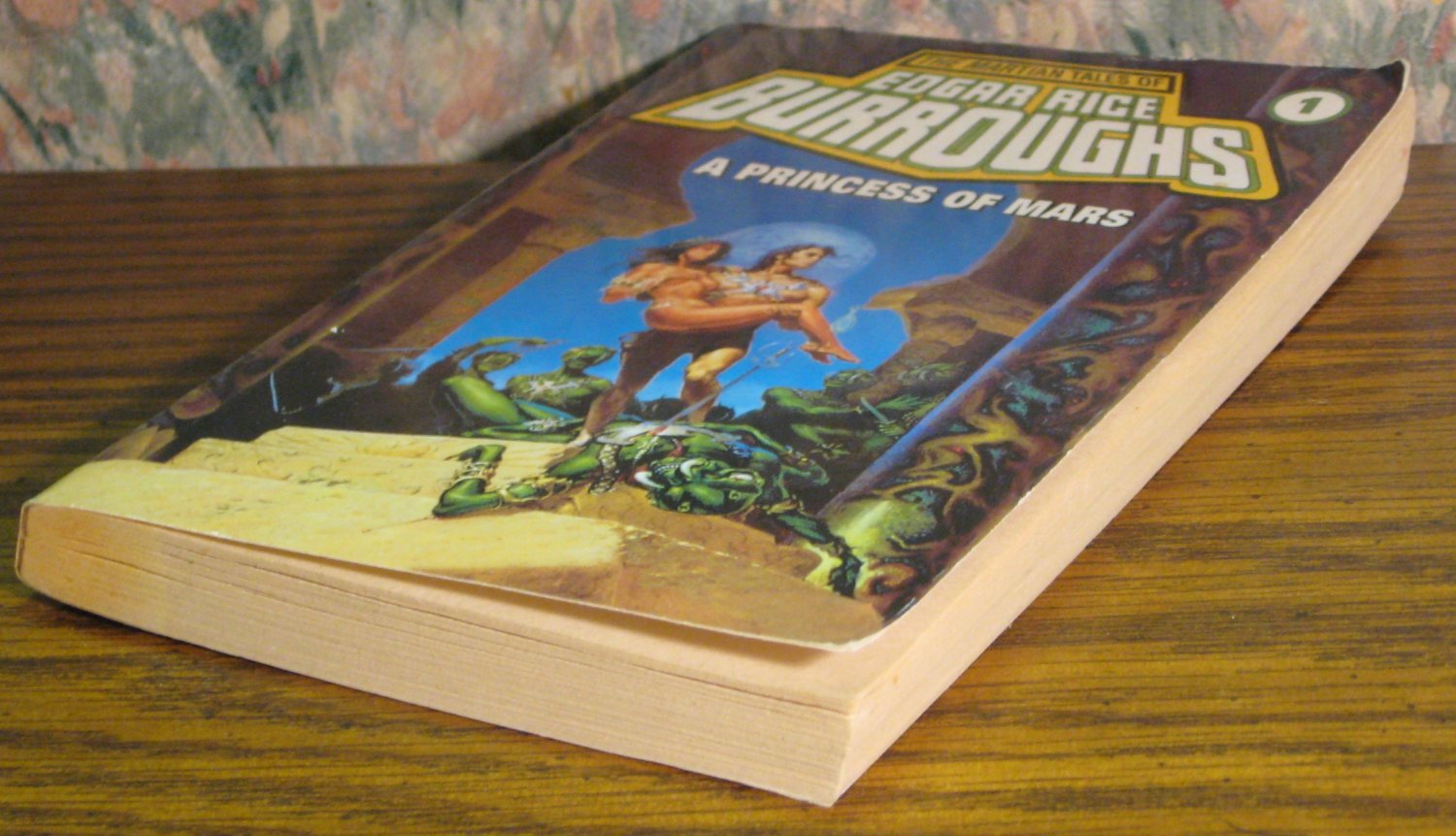

That meant he could drop all manner of distinctive local societies into each story as needed. Burroughs had a whole planet to work with, one with about the same amount of land surface as Earth. That physical setting gives me a way to recapture one of the neater features of Barsoom. We might imagine Tanûr as having such a region with very stable climate, not unlike that of Earth’s Mediterranean basin. The result would be a well-watered habitable band circling the entire planet, caught between the hot, dry day-face and the cold, dark night-face.Īrtist’s conception of a warm eyeball planet, tide-locked to its primary star. Water tends to evaporate from the hot day face, and is then carried on the winds to the night face, where it freezes out in a “cold trap.” The ice sheets covering the night face of the planet tend to melt at the edges, providing liquid water for a narrow zone all around the planet’s terminator. This is a proposed planet type which is tide-locked to its primary star, presumably a late K-type or M-type dwarf.

Let’s go with the concept of an eyeball planet.

Still, it would be interesting to have a world that’s somewhat difficult to live on, without being so hostile that civilization is flatly impossible.

Next to Arrakis, Barsoom looks downright paradisical. In the cities, there’s always enough water to drink or for a lovely princess to bathe in. Barsoomians are generally portrayed as terrible swimmers, but they never take precautions to conserve moisture. There’s often a canal nearby, where the heroes can find food and water, and get help for the next stage of their journey. Even in the middle of the “dead sea-bottoms,” there usually seems to be enough moisture to survive, bound up in hardy plant life. The strange thing about that, of course, is that it’s almost never described as a true desert. Picking a name out of the mysterious caverns at the back of my mind, I’ll call this planet Tanûr.īarsoom is ostensibly a desert planet. Most of today’s planetary romances are set upon habitable worlds of other stars. Mariner 9 killed Barsoom, or anything like it, stone dead. Barsoom is Mars, as it was understood a century or so ago, with plenty of references to Schiaparelli and Lowell. General Parametersīurroughs (and many of his imitators) set most of his stories in our own solar system. Once I’ve done enough literary analysis, I’ll begin building the environment for the setting itself. I’m going to decide which ones I want to keep as is, which ones I want to subvert, and which ones I want to avoid entirely. I’m going to work through some of the tropes visible in Burroughs’s stories. So, in this article I’m going to engage in some targeted world-building. LeGuin’s Earthsea, and Robert Silverberg’s Majipoor all considered pillars of modern science fiction and fantasy. On the other hand, what’s to prevent me from working up some stories in the same genre as John Carter’s adventures on Barsoom? The venerable planetary romance is very far from death, with examples such as Frank Herbert’s Arrakis, Ursula K. Not to say that fan-fiction is a bad thing, but yeah, I’m making a conscious effort to avoid spending too much time on it, as opposed to writing original work that I might one day sell. Of course, these days when I re-read a well-loved old work, I’m forced to suppress the urge to turn around and write fan-fiction for it. I’ve been fond of these since I was a kid, and although my adult eye can see how they haven’t always aged well, I still re-read them once a year or so. Recently I went back to re-read an old favorite: Edgar Rice Burroughs’s “Mars” novels.


 0 kommentar(er)
0 kommentar(er)
